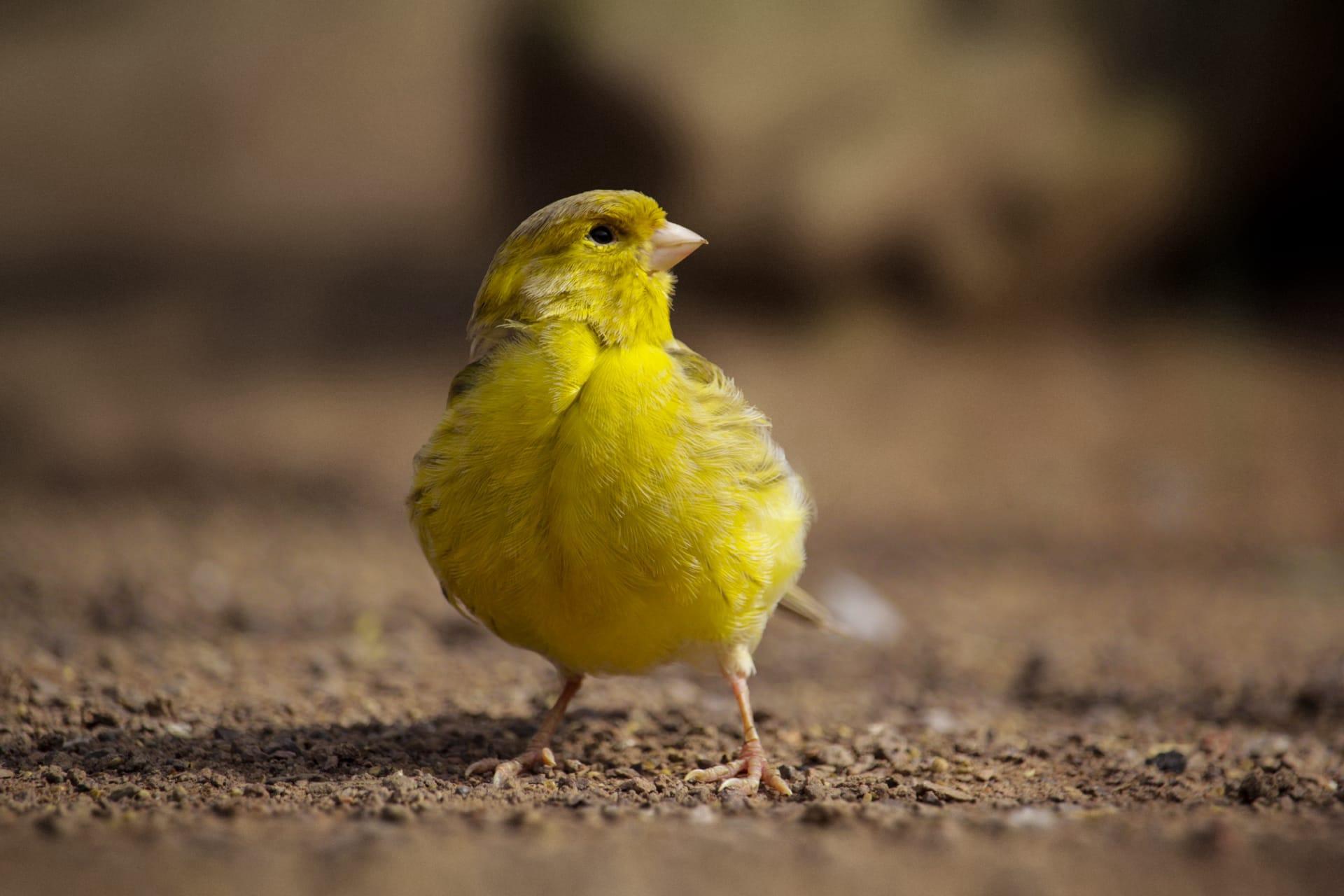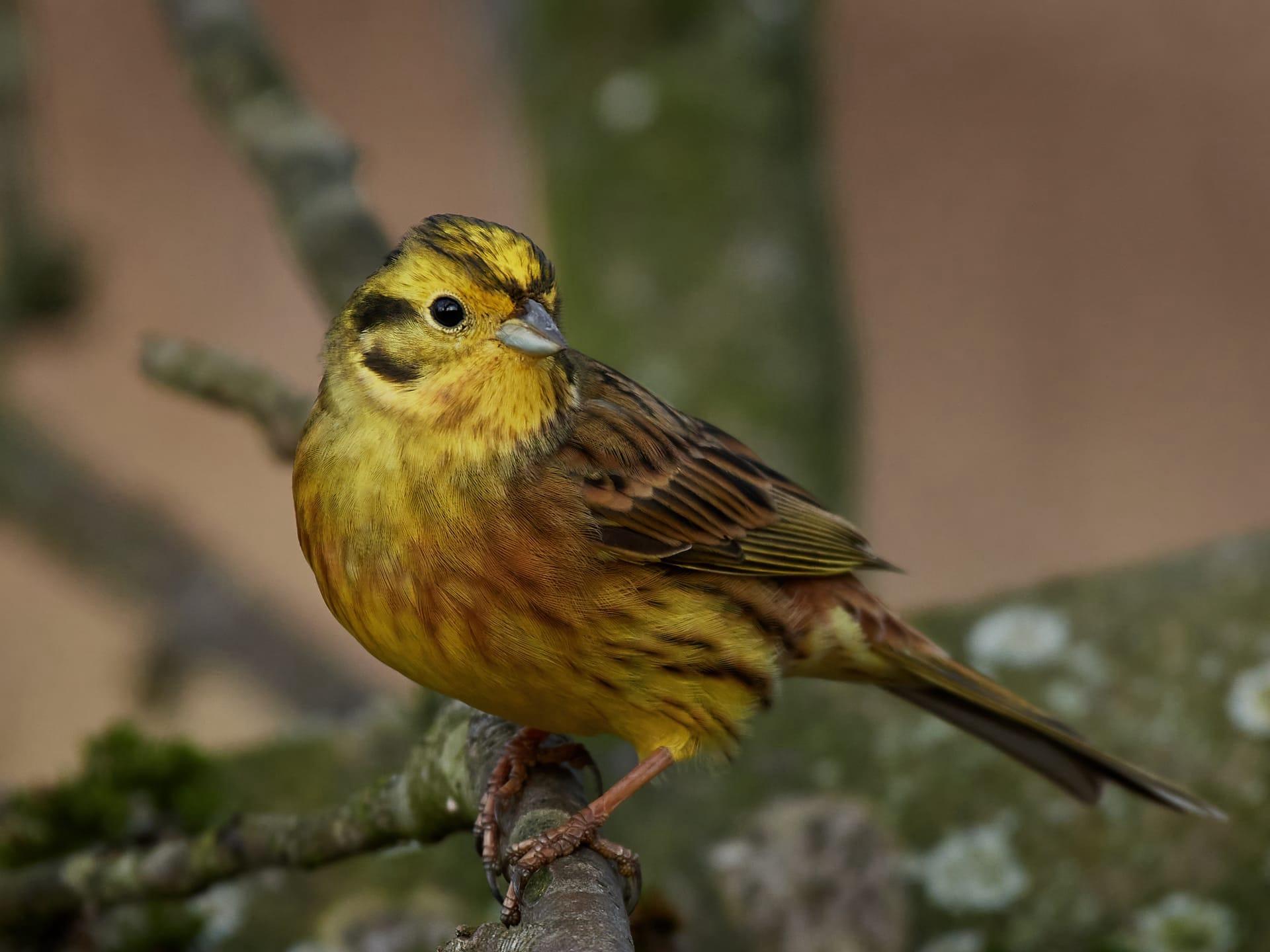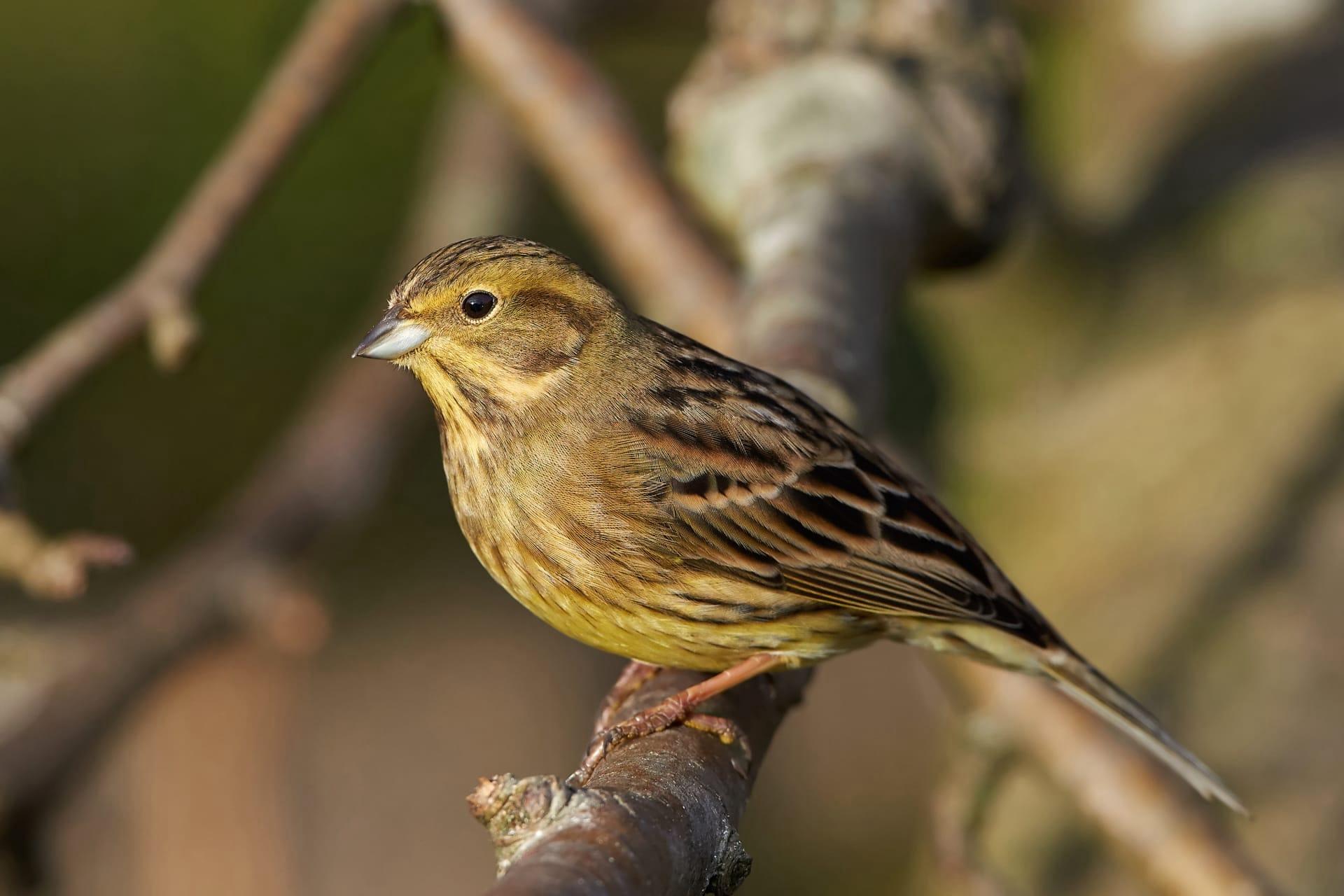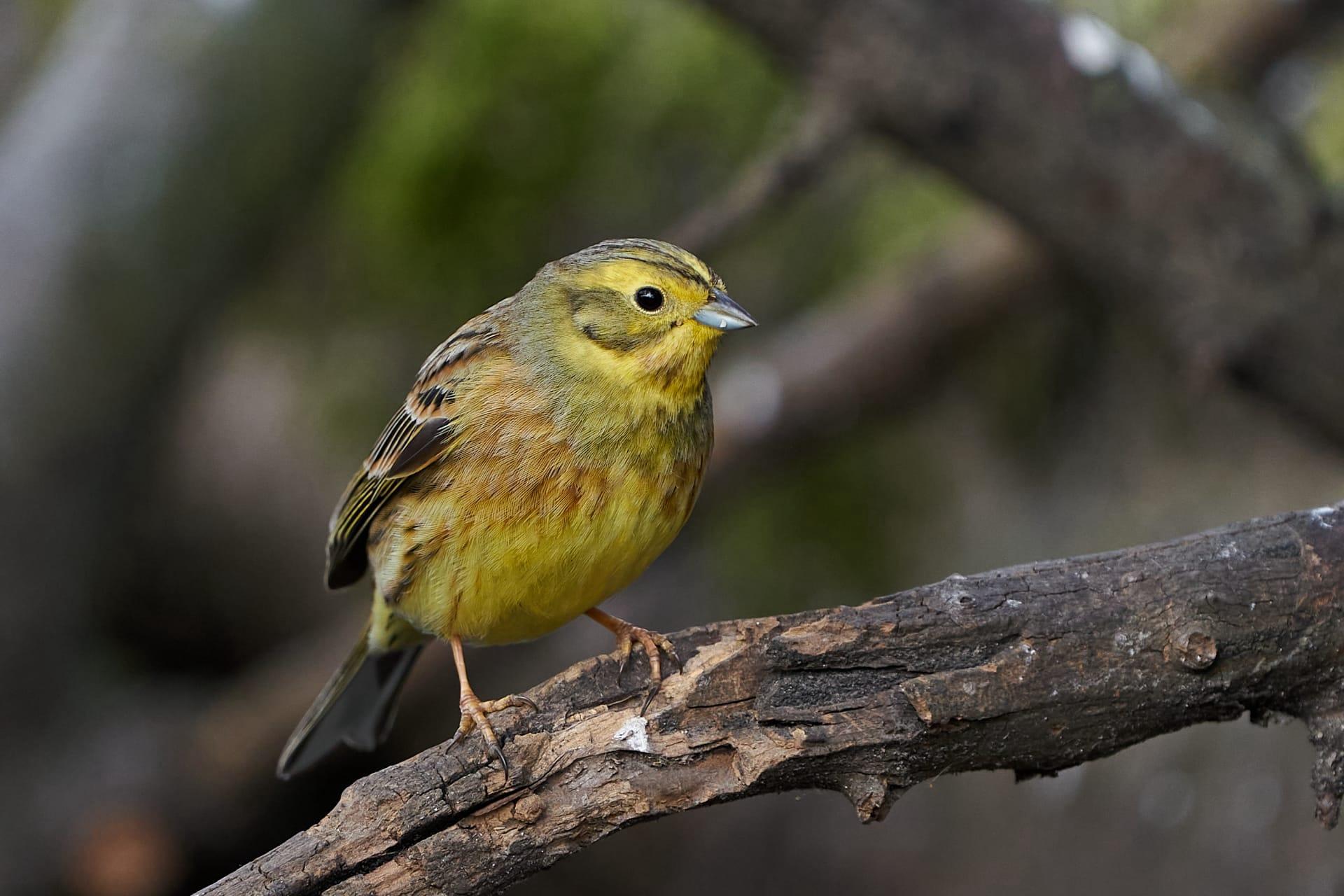Yellowhammer Trivia
- Home /
- Trivia Question /
- Animal /
- Yellowhammer Trivia
1
Question: What distinctive colors and patterns does a Yellowhammer display?
Answer: The Yellowhammer, a striking bird, showcases a bright yellow head and underparts. Males are particularly vibrant, with chestnut brown back and heavily streaked sides. During the breeding season, their colors become more intense, making them a visual treat in their habitats. The bird measures about 6.3 to 7.1 inches in length, with a wingspan ranging from 9.8 to 11 inches, making it a small yet noticeable presence in the wild.
Question: How does the Yellowhammer's song sound and what is unique about it?
Answer: The song of the Yellowhammer is quite distinctive and often described as a repetitive, sweet, and melodic "little bit of bread and no cheese". The charm lies in its simplicity and rhythm. Each phrase lasts about 1 to 2 seconds and is repeated several times. Interestingly, the Yellowhammer's song varies regionally, with birds in different areas developing slightly different tunes. This melodious song is most commonly heard from the tops of trees or bushes during the breeding season.

2
Question: Is it true that Yellowhammers are decreasing in numbers and what are the causes?
Answer: Yes, unfortunately, Yellowhammer populations have been in decline, particularly in Western Europe. This decline is primarily due to changes in agricultural practices, such as the removal of hedgerows and increased use of pesticides, which reduce their natural habitats and food sources. Conservation efforts are underway to reverse this trend by promoting bird-friendly farming practices and habitat restoration.
Question: Do Yellowhammers migrate or are they year-round residents in their habitat?
Answer: This is a common misconception. While some populations of Yellowhammers in colder regions do migrate short distances to find milder climates during winter, many are actually resident birds. In the UK, for example, Yellowhammers are generally sedentary, staying within their territories throughout the year. However, in parts of Europe, like Scandinavia, migration is more common due to the harsher winters.

3
Question: What is the typical diet of a Yellowhammer and how does it change?
Answer: Yellowhammers primarily feed on seeds and grains, making them frequent visitors to farmlands and gardens. They are particularly fond of seeds from weeds and cereals like wheat and barley. During the breeding season, their diet shifts slightly to include more insects, which provides necessary protein to their young. This diet change is crucial for the growth and development of their chicks.
Question: How do Yellowhammers nest and what is unique about their nesting habits?
Answer: Yellowhammers build their nests on the ground, often hidden in thick vegetation, under hedges, or at the base of bushes. These nests are meticulously constructed by the females, using grass, leaves, and roots, and lined with finer materials like hair. What's fascinating is their adaptability in nesting locations, sometimes choosing unconventional sites like old buildings or amongst farm machinery, showcasing their ability to thrive in changing environments.

4
Question: What is the breeding behavior of Yellowhammers, and how many broods do they have a year?
Answer: Yellowhammers typically start breeding in late April or early May. They can have two to three broods per season, with each brood consisting of 3 to 5 eggs. The female incubates the eggs for about 12 to 14 days, and the hatchlings are then fed by both parents. The young leave the nest after about 12 to 14 days but remain dependent on their parents for a few more weeks. This frequent breeding helps maintain their population, especially in areas where their numbers are declining.
Question: How do Yellowhammers interact with other bird species in their habitat?
Answer: Yellowhammers are relatively peaceful birds and coexist well with other species. They often share their habitats with other farmland and hedgerow birds like sparrows and finches. During the winter, Yellowhammers may join mixed-species flocks to forage for food, demonstrating a sense of community and adaptability. Their presence in mixed flocks helps them locate food more efficiently during the leaner winter months.

5
Question: Are Yellowhammers beneficial to agriculture and how?
Answer: Absolutely! Yellowhammers play a vital role in agriculture by consuming large quantities of weed seeds, which helps in natural weed control. Their diet of insects also aids in pest control, making them valuable allies for farmers. By maintaining a healthy population of Yellowhammers, farmers can benefit from these natural pest and weed management services.
Question: What are the conservation status and efforts for Yellowhammer protection?
Answer: The Yellowhammer is currently classified as a species of Least Concern by the IUCN, but its numbers are declining in some regions. Conservation efforts focus on habitat preservation and restoration, especially in agricultural landscapes. Initiatives include planting hedgerows and wildflower margins, reducing pesticide usage, and creating bird-friendly farming practices. These measures aim not only to protect the Yellowhammer but also to support biodiversity in rural environments.